Abstract
Five methodologies for predicting hospital length of stay were developed and compared. Two—a subjective Bayesian forecaster and a regression forecaster—also measured the relative importance of the symptomatic and demographic factors in predicting length of stay. The performance of the methodologies was evaluated with several criteria of effectiveness and one of cost. The results should provide encouragement for those interested in computer applications to utilization review and to scheduling inpatient admissions.
Full text
PDF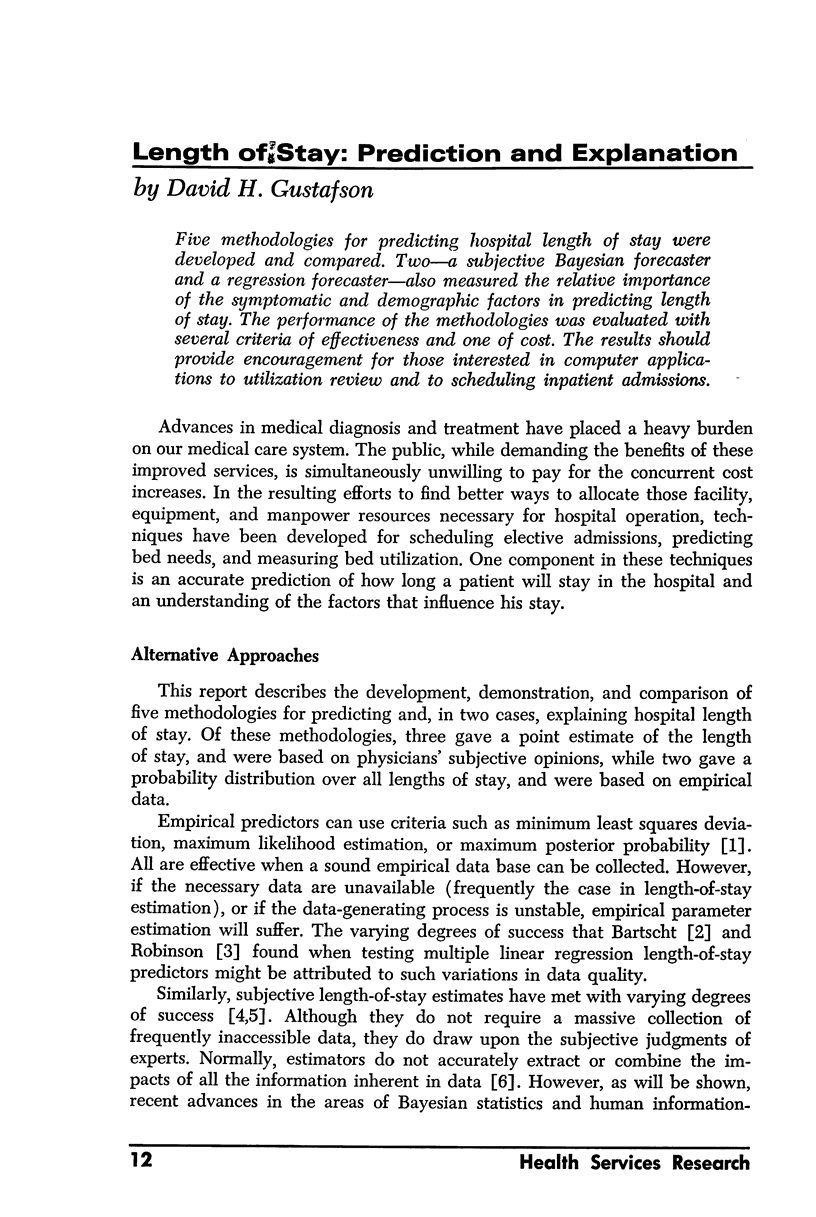
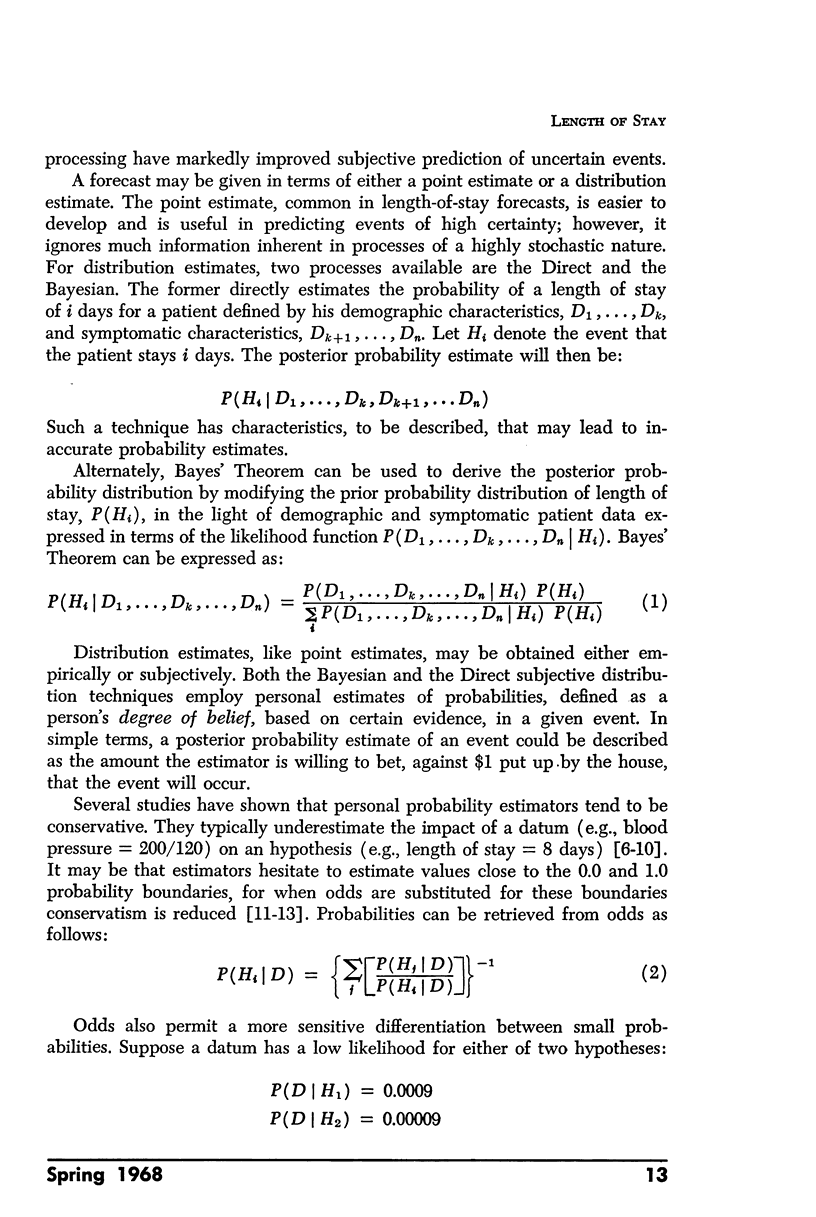

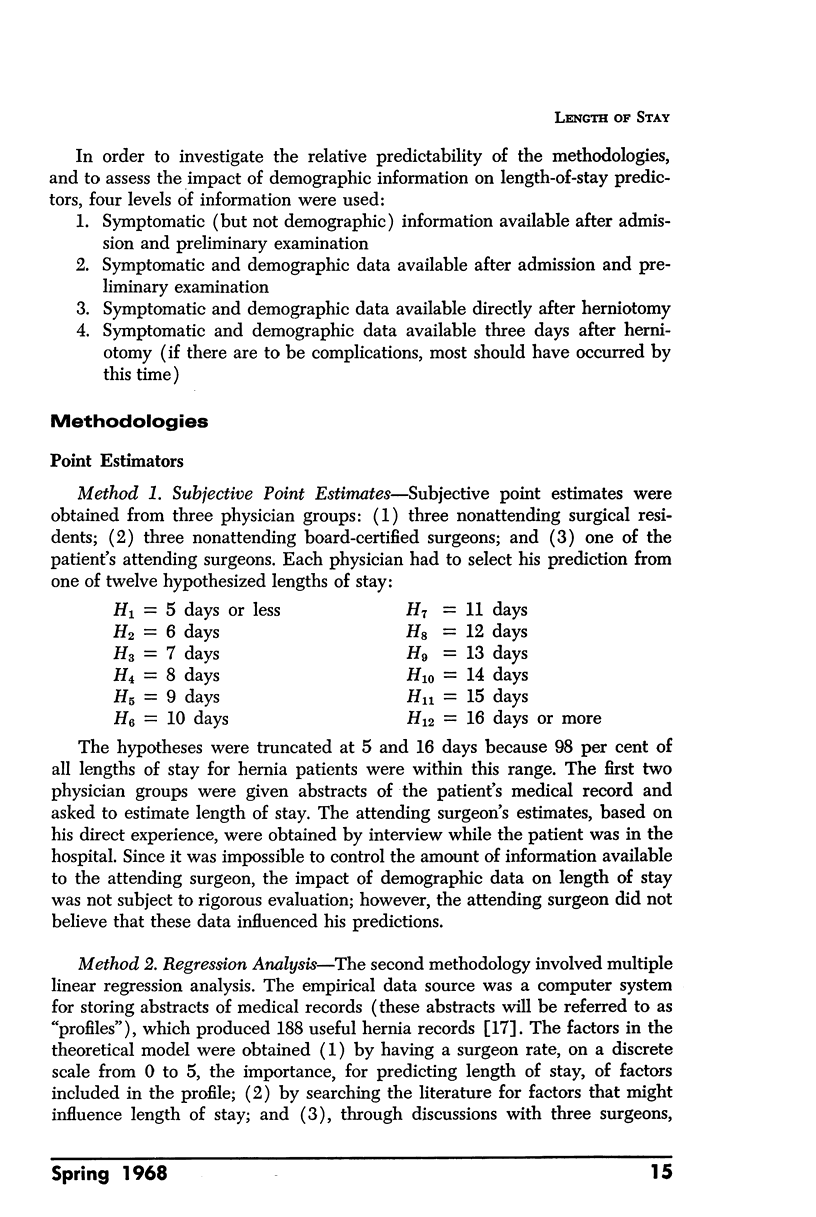
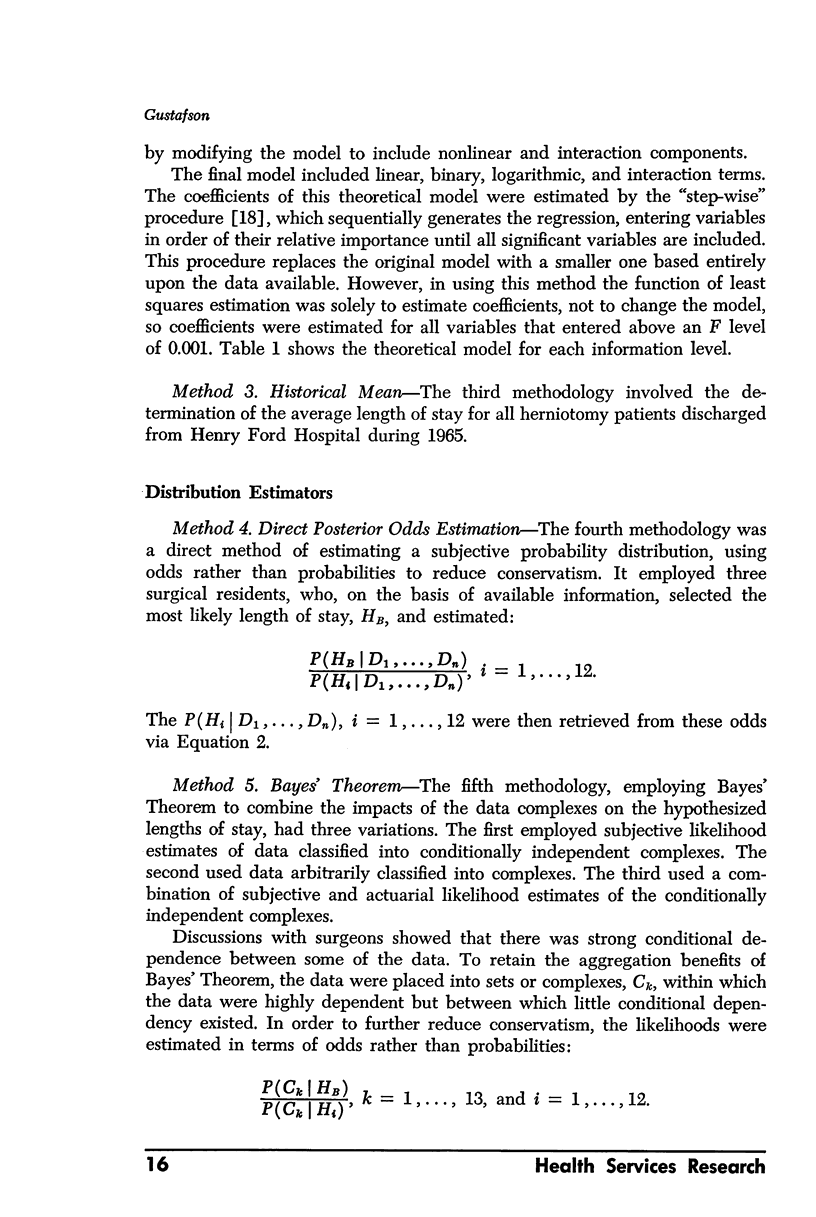
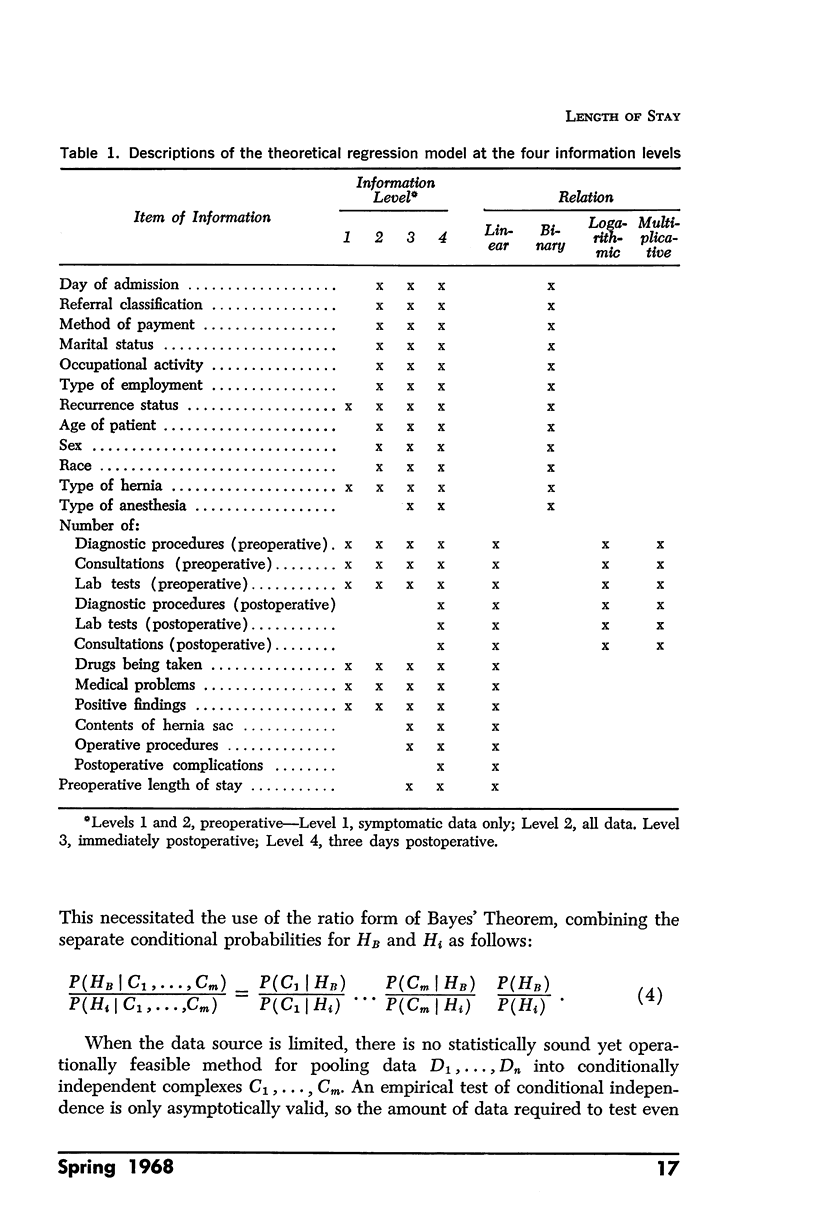


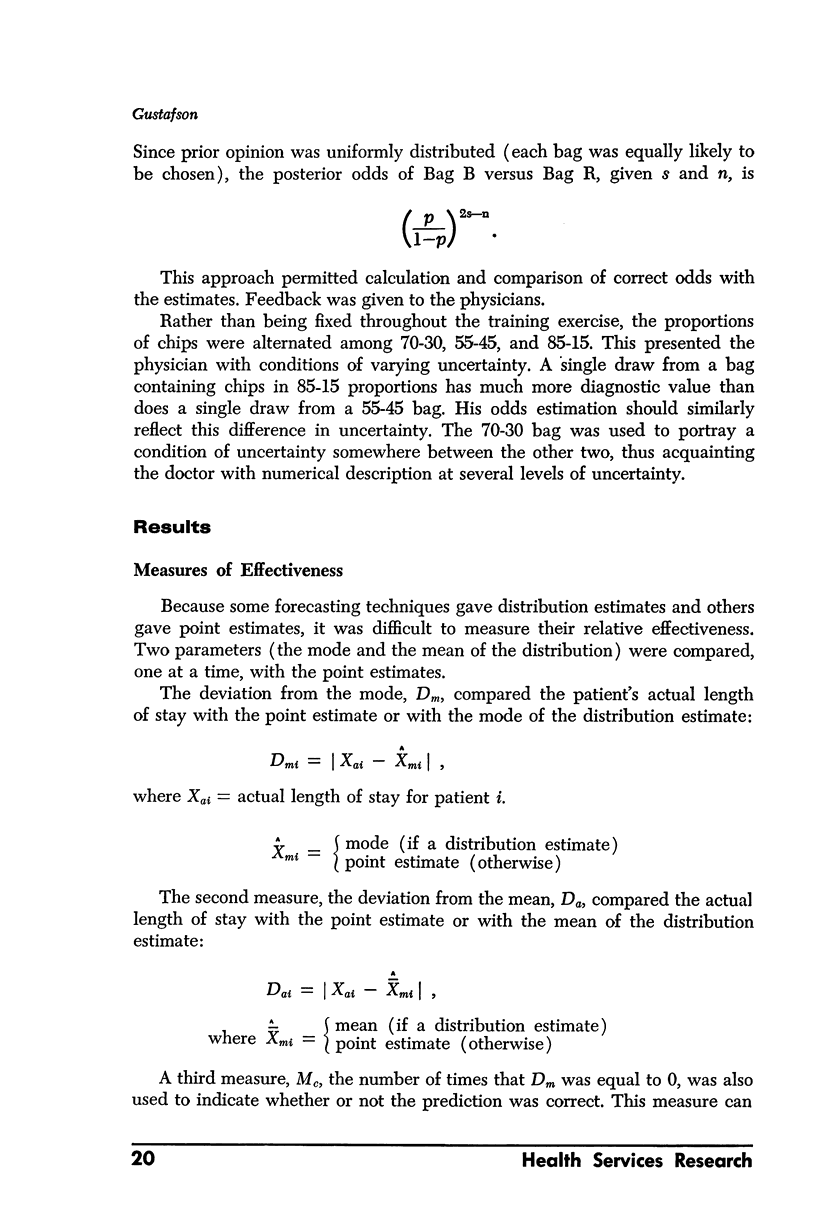
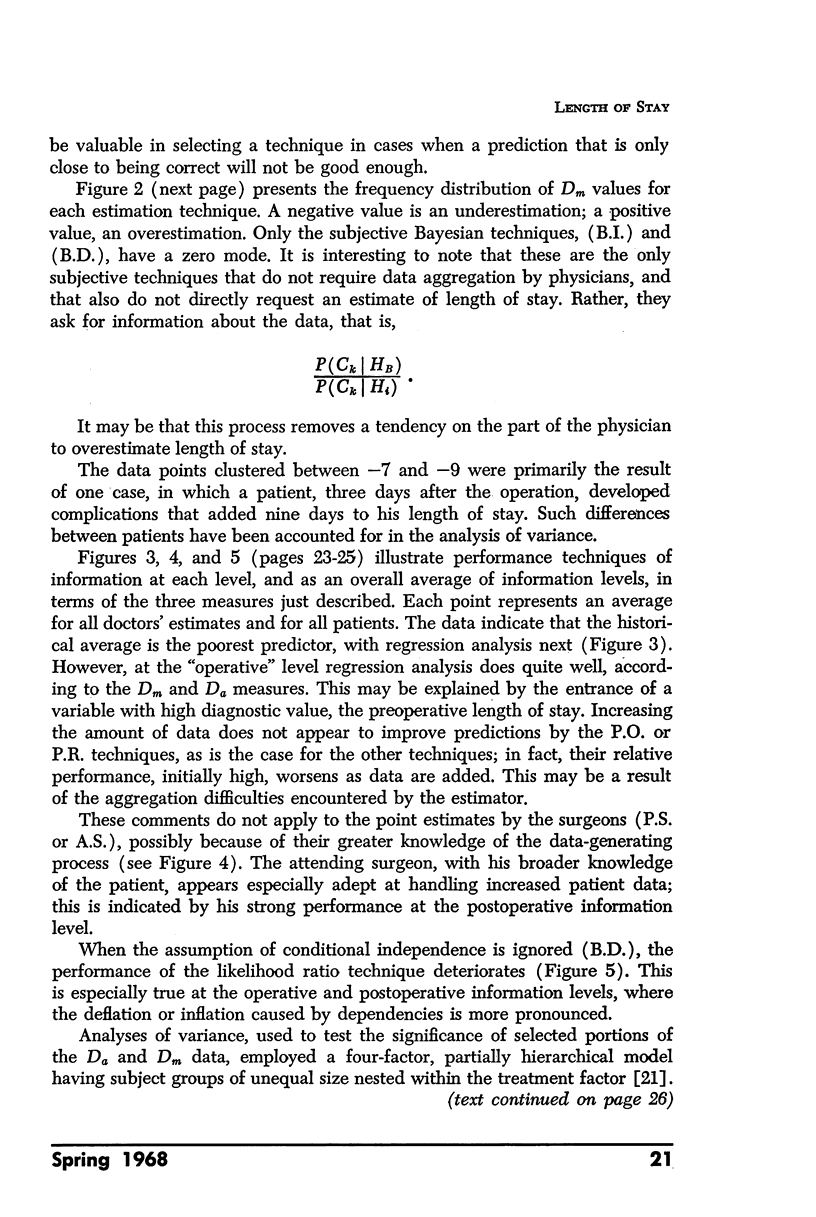
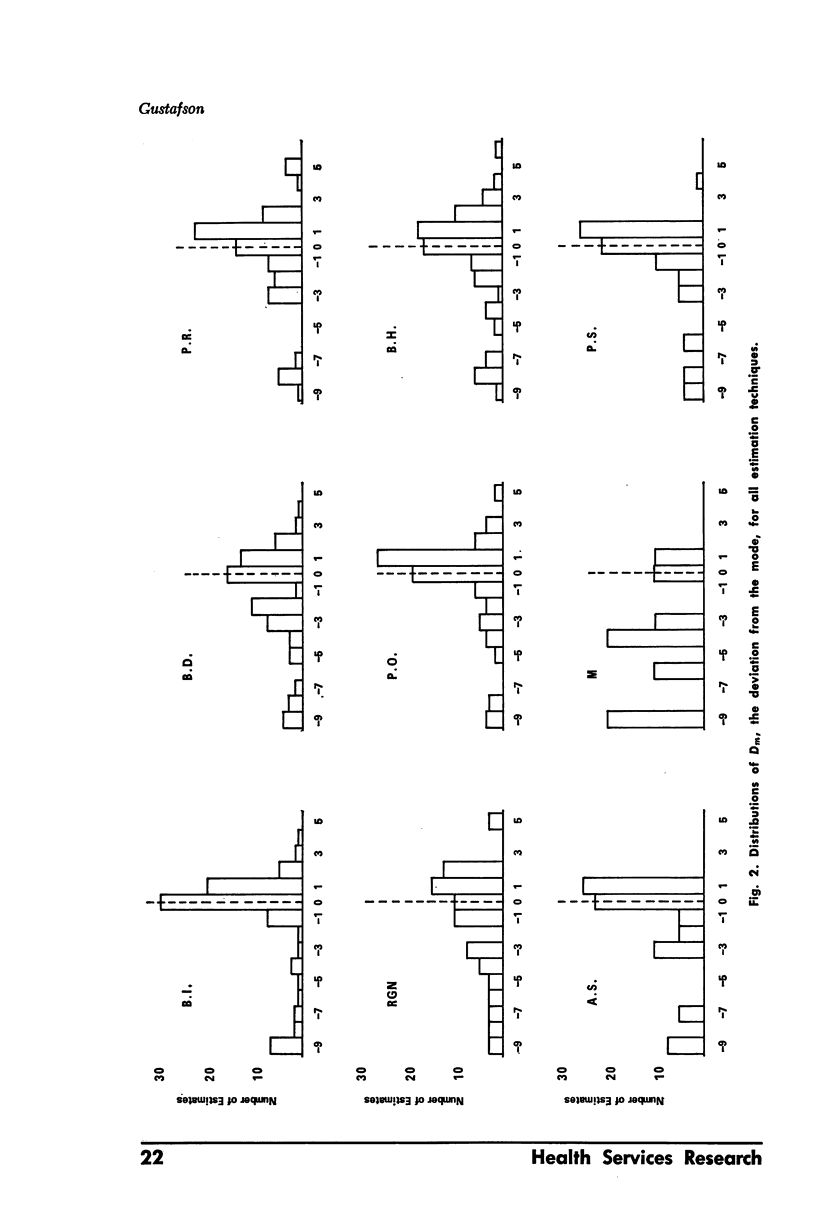
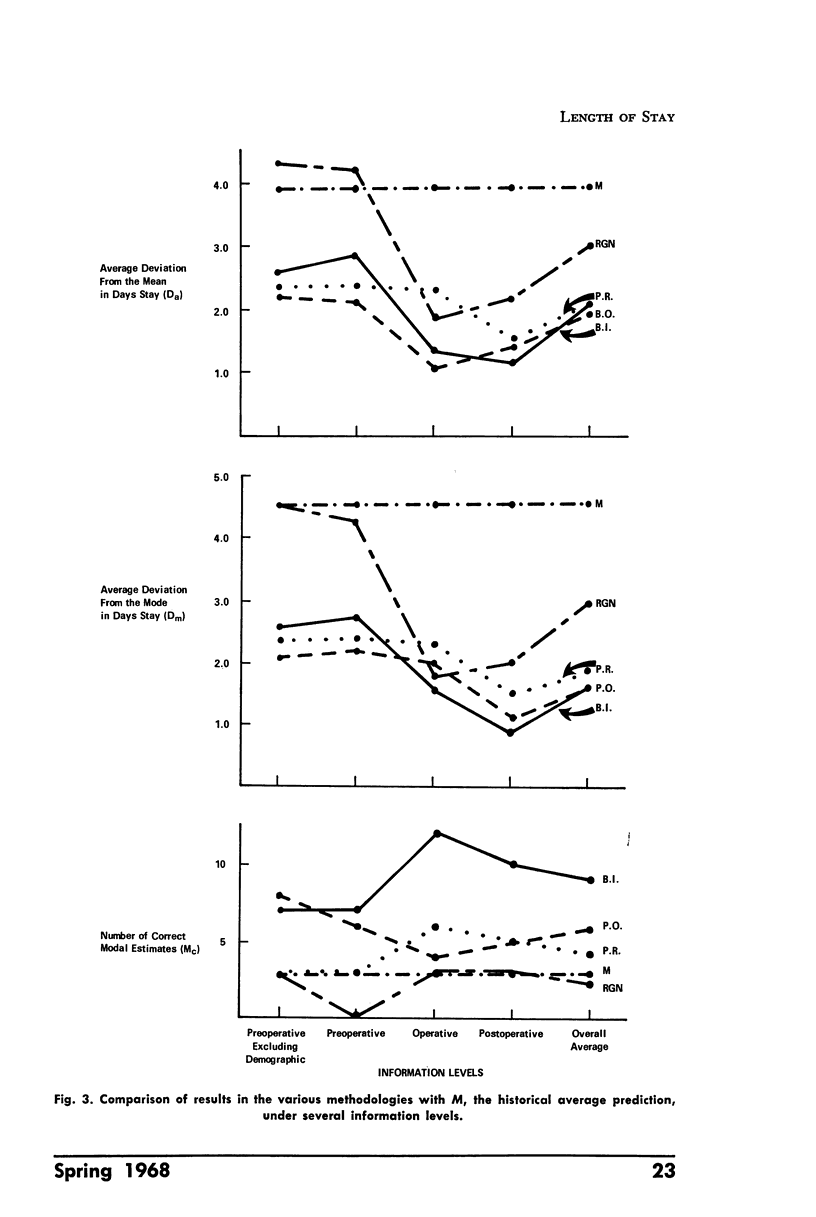
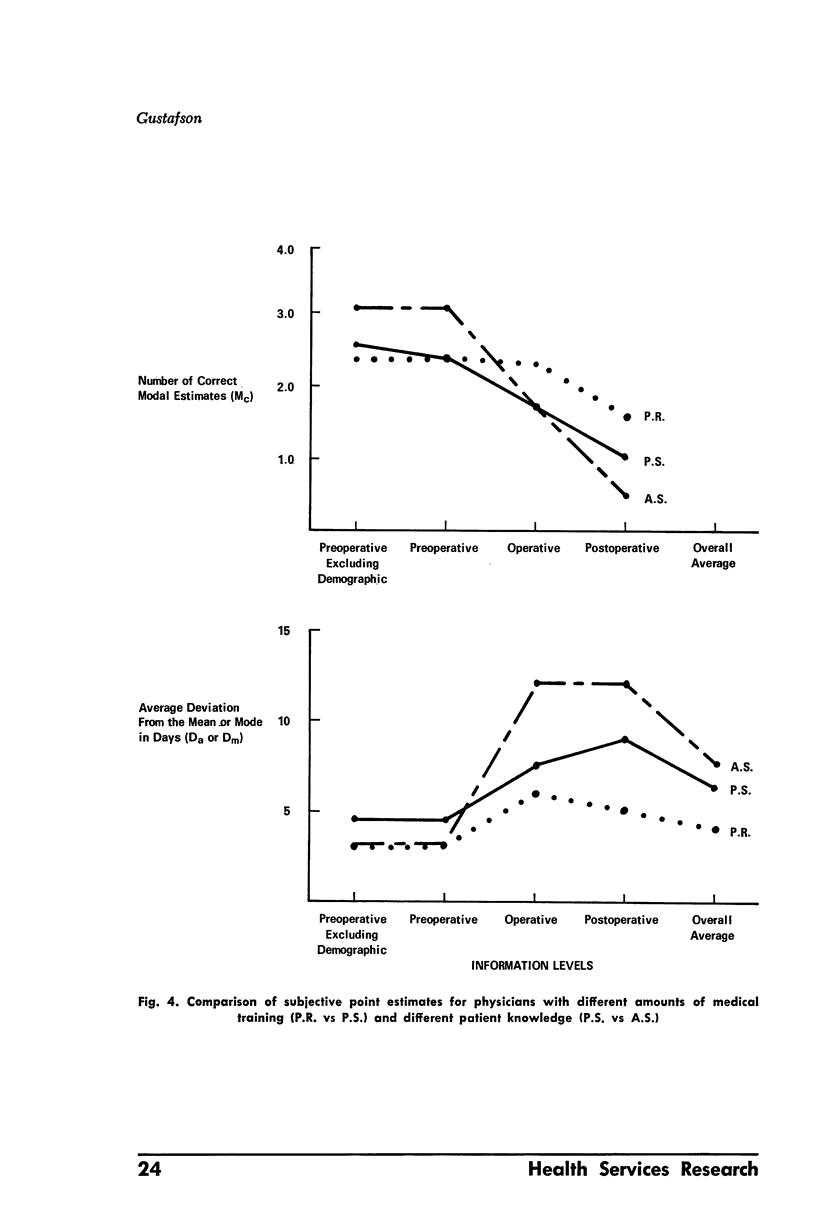
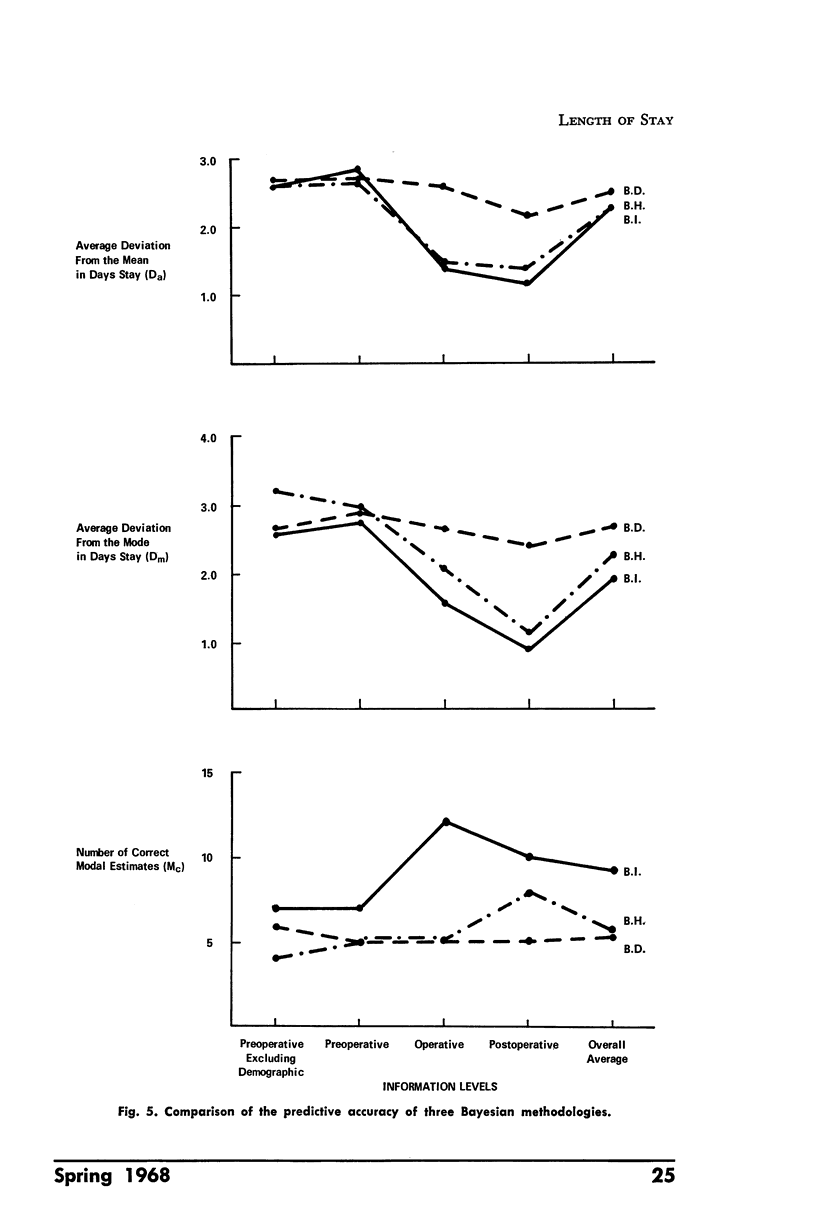
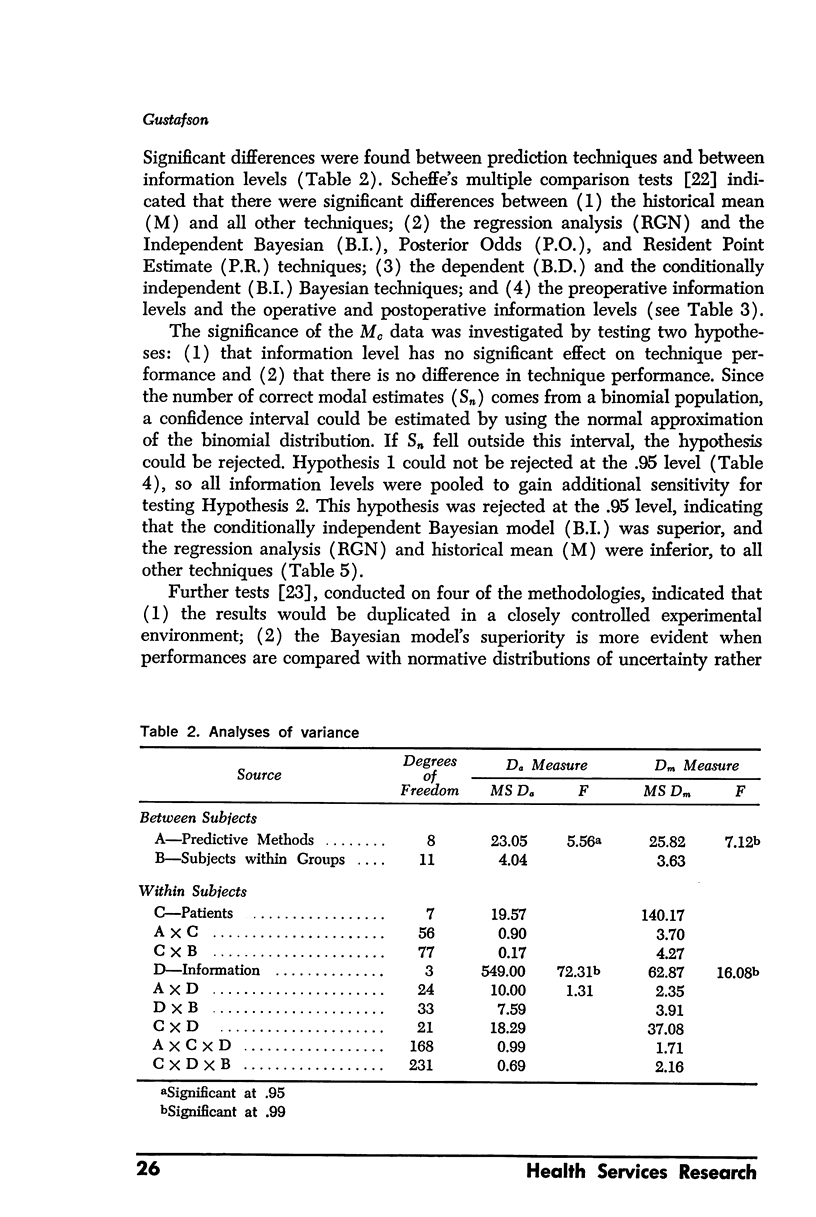
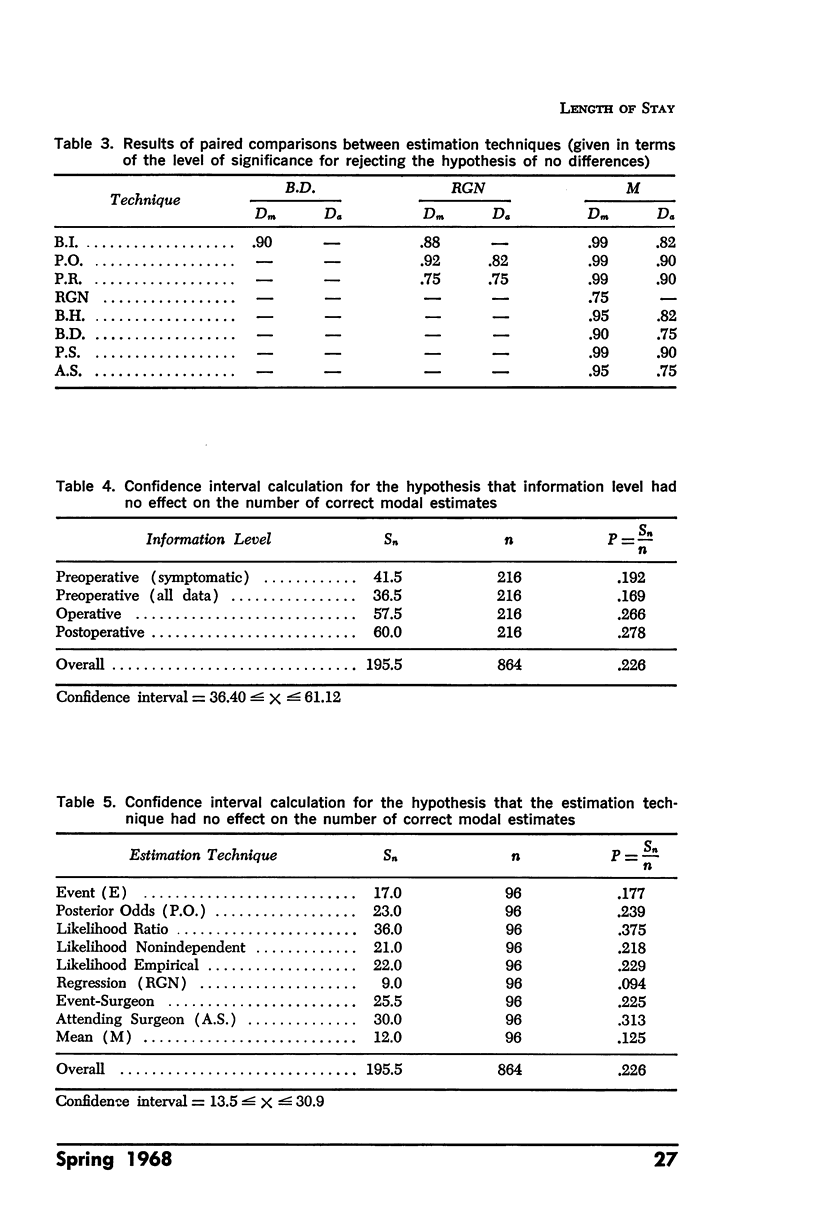

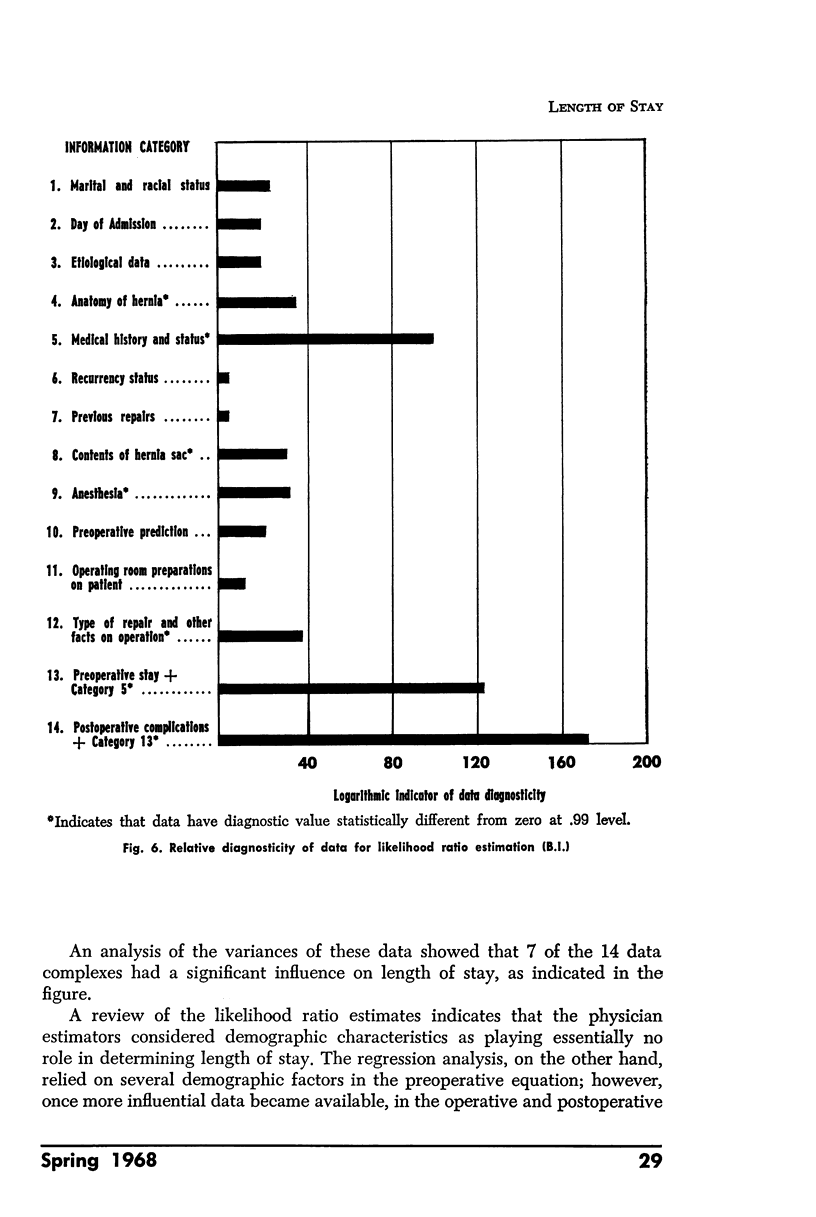
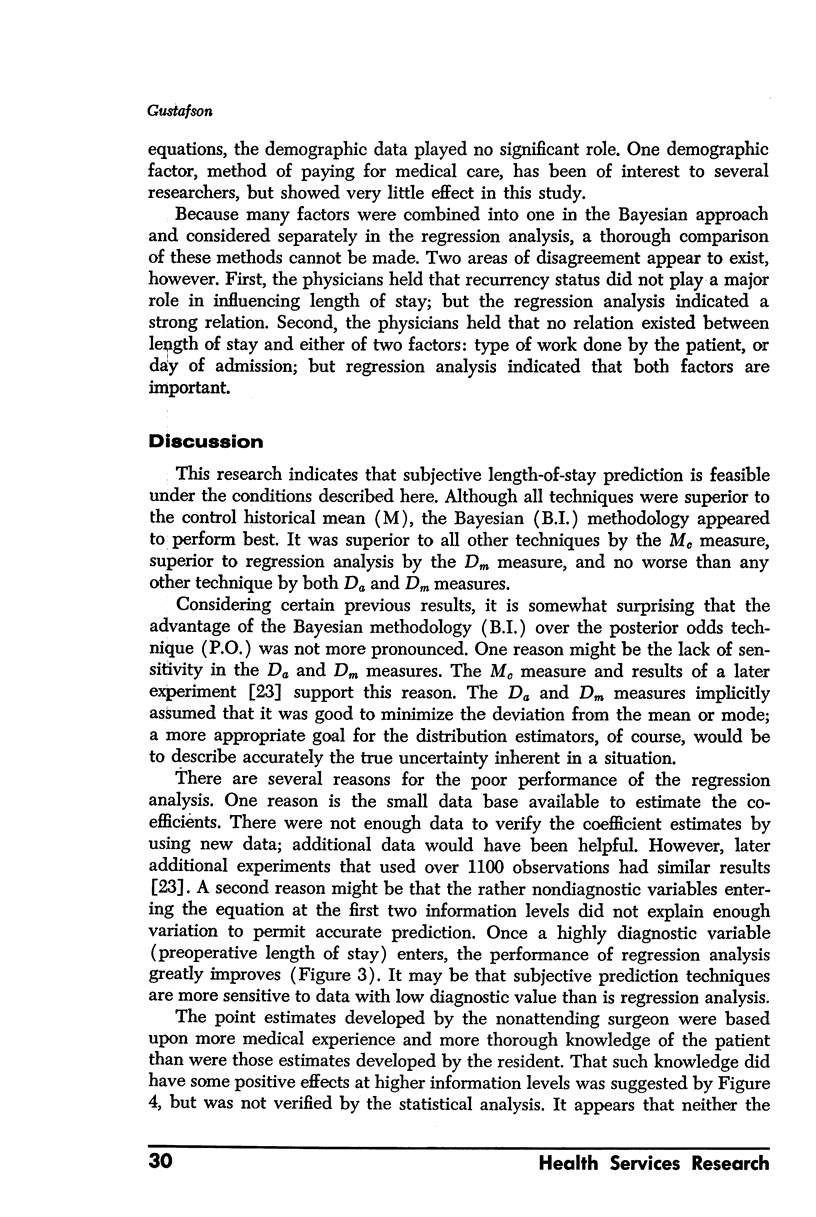
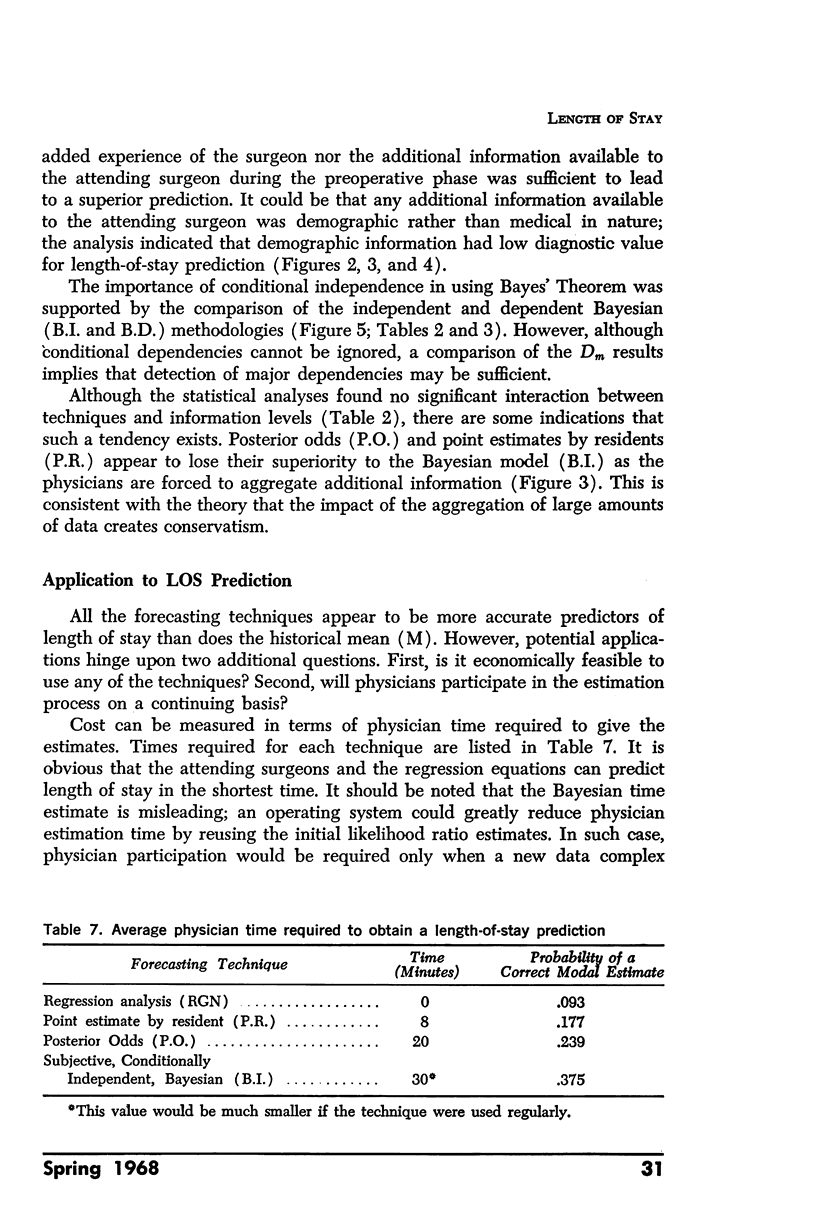

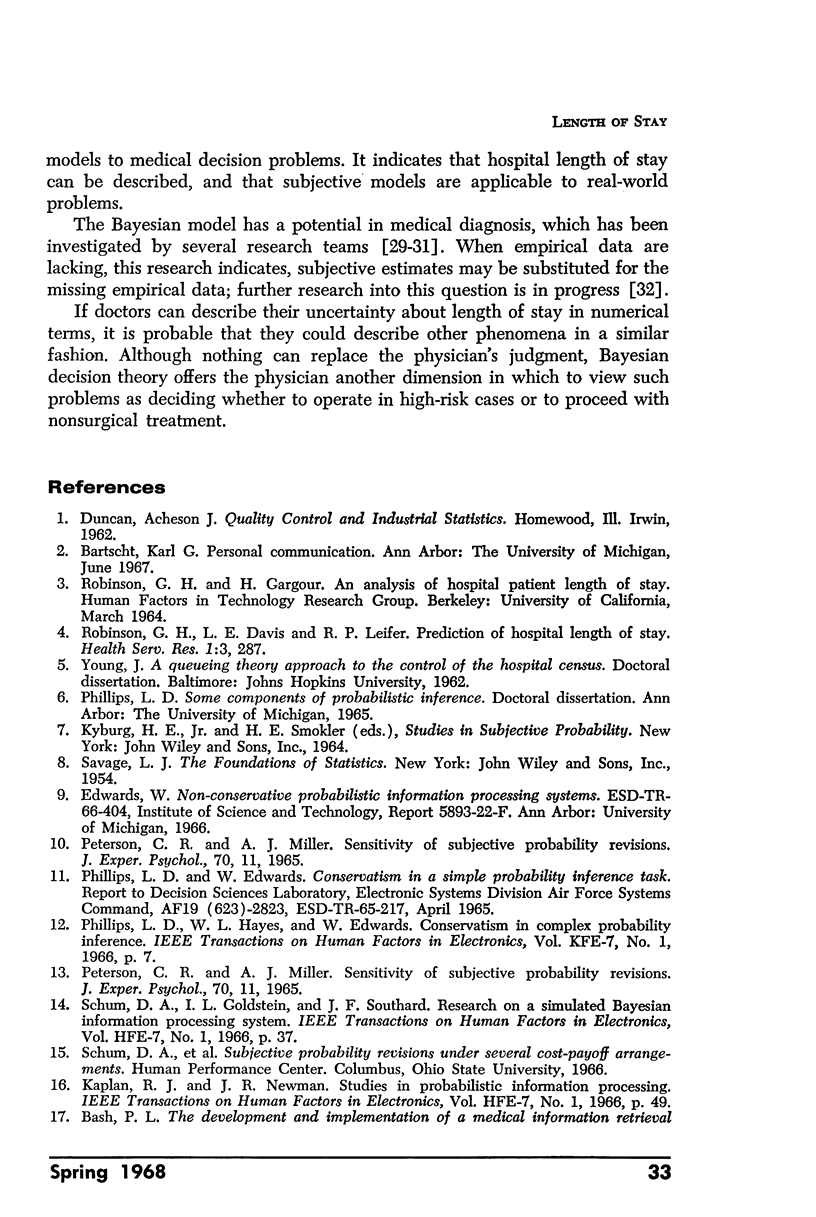
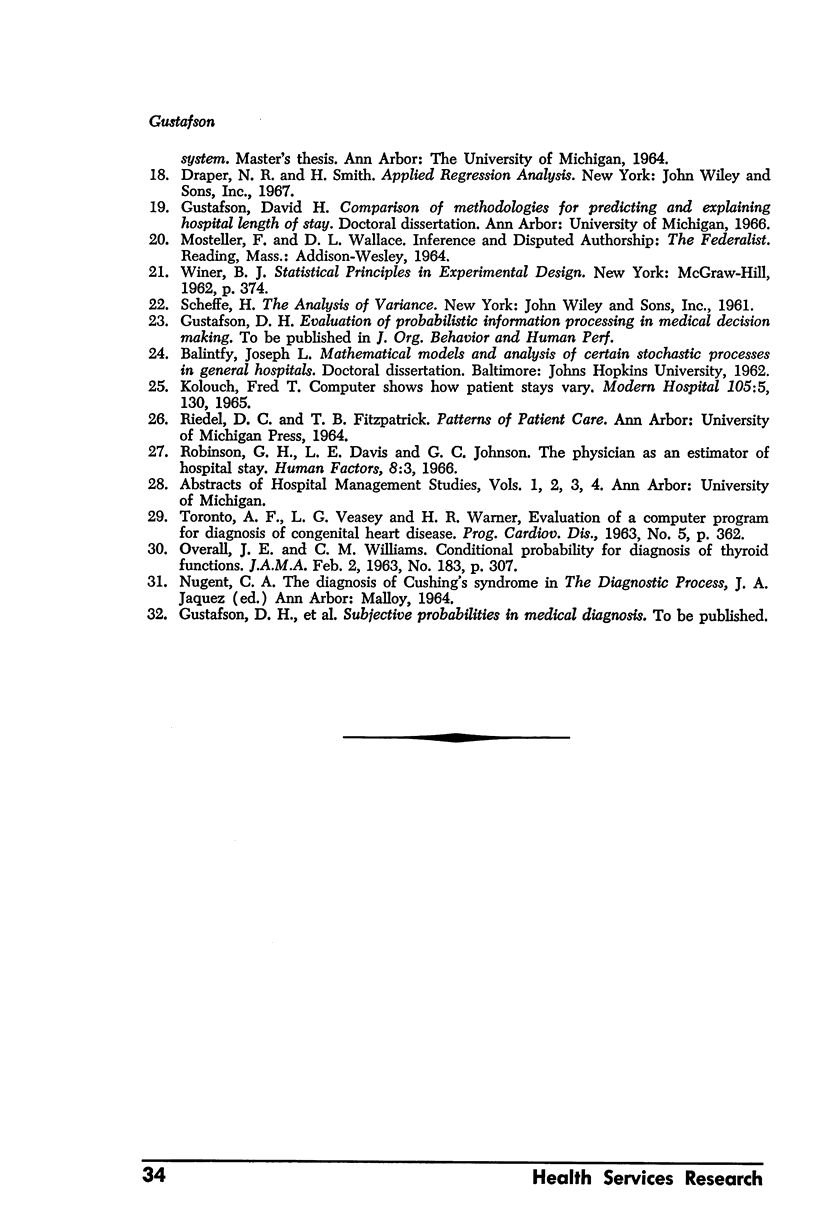
Selected References
These references are in PubMed. This may not be the complete list of references from this article.
- Kolouch F. T. Computer shows how patient stays vary. Mod Hosp. 1965 Nov;105(5):130–134. [PubMed] [Google Scholar]
- OVERALL J. E., WILLIAMS J. M. Conditional probability program for diagnosis of thyroid function. JAMA. 1963 Feb 2;183:307–313. doi: 10.1001/jama.1963.03700050039009. [DOI] [PubMed] [Google Scholar]
- Robinson G. H., Davis L. E., Leifer R. P. Prediction of hospital length of stay. Health Serv Res. 1966 Winter;1(3):287–300. [PMC free article] [PubMed] [Google Scholar]
- TORONTO A. F., VEASY L. G., WARNER H. R. Evaluation of a computer program for diagnosis of congenital heart disease. Prog Cardiovasc Dis. 1963 Jan;5:362–377. doi: 10.1016/s0033-0620(63)80005-5. [DOI] [PubMed] [Google Scholar]


